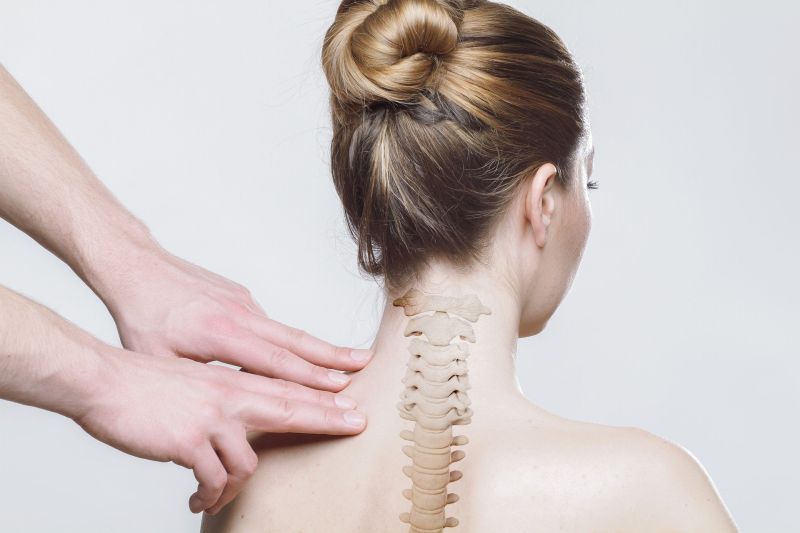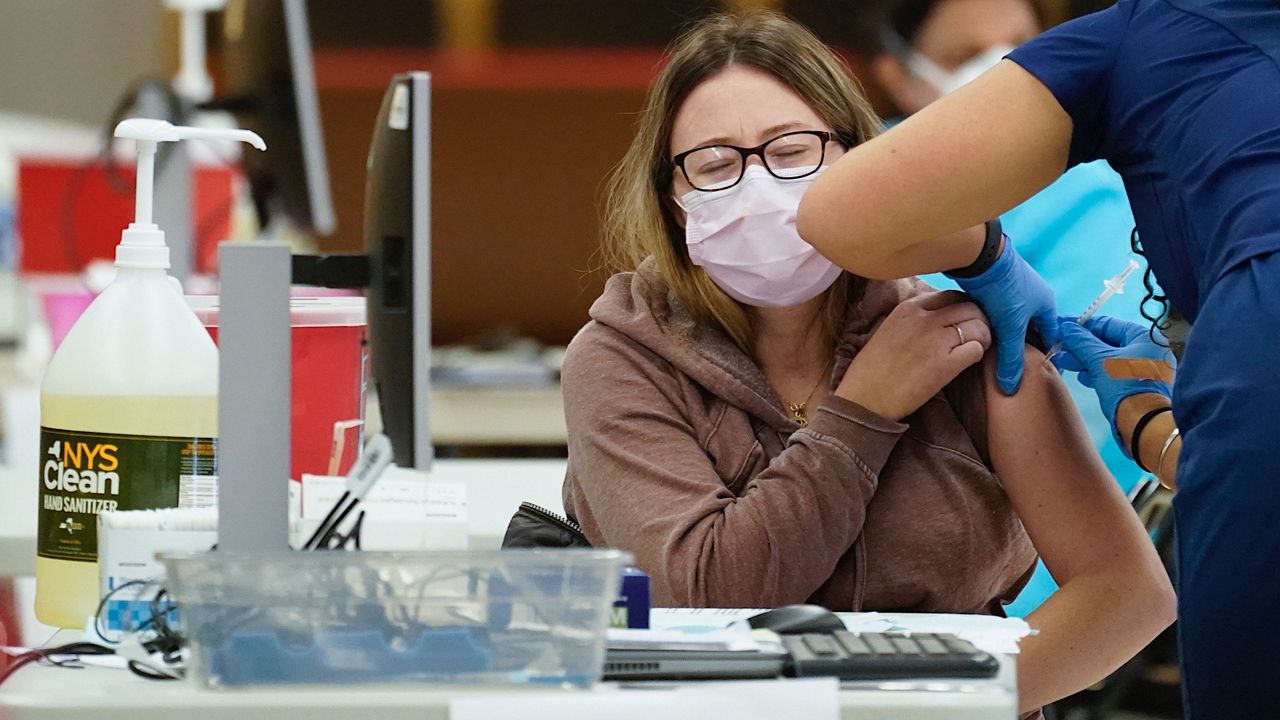Jakarta (ANTARA) – The news of the death of celebrity celebrity Edelenyi Laura Anna after suffering a spinal cord injury has made some people curious about what actually happens if someone has this type of nerve injury.
Can this incident really cause death? What happened?
Chairman of the Indonesian Association of Neurosurgery Specialists (PERSPEBSI) Jakarta Branch Dr dr Wawan Mulyawan, SpBS(K) gave an explanation of what actually happens when a person experiences a spinal cord injury.
Besides the brain, the spinal cord is the most important part of the network in the nervous system and is called the central nervous system (CNS). In addition to the CNS, the other nervous system is called the peripheral nervous system (outside the nerves in the brain and spinal cord).
Wawan explained that the nervous system network carries information in the form of nerve electrical impulses to and from throughout the body and regulates all body activities. The basic unit of the nervous system is the nerve cell (neuron), which consists of a cell body, axon and dendrites.
“There are two main systems that operate to convey information from the brain to the body and vice versa through the spinal cord,” explained Wawan.
The first pathway is the exit (efferent) pathway that sends commands from the brain to the body to control the muscles of motion (motor pathway) and the autonomic pathway in charge of controlling the heart, intestines, and other organs.
The second pathway, called the afferent pathway or entry pathway or sensory pathway, sends information from the outside through the skin, muscles, and other organs to the brain (sensory pathway).
“This is all in the spinal cord formed by more than 20 million axons, which are arranged in spinal pathways or tracts that go in and out of the brain,” said Wawan.
Wawan further explained that each segment in the spinal cord consists of segments (consecutively from top to bottom), namely cervical segments (at neck level), total segments (at chest level), lumbar segments (at waist level) and segments sacral (at the level of the pelvis).
Also read: Expert: Scoliosis occurs during growth
Also read: Know scoliosis and how to treat it
Spinal Cord Injury (Spinal Cord Injury)
Professor and Head of the Department of Neurosurgery from the State University of New York Upstate Medical University Lawrence S Chin explained that spinal cord injuries can result from damage to the spinal cord, ligaments or spinal discs or to the spinal cord itself.
“Traumatic spinal cord injuries can result from a sudden, traumatic blow to your spine that breaks, sprains, crushes or compresses one or more of your vertebrae,” explains Lawrence.
While nontraumatic spinal cord injury can be caused by arthritis, cancer, inflammation, infection or spinal disc degeneration.
This definition is the same as that described by the PERDOSSI Association in 2006.
In relation to Laura Anna’s case, her spinal cord injury was the result of a motor vehicle accident, so it is called a traumatic spinal cord injury.
Wawan explained that there were two types of damage caused by spinal cord injuries. The first is direct damage due to impact or compression (primary damage) and the second is additional or secondary damage.
Injury to the spinal cord usually occurs as a result of trauma to the spine from the neck or cervical to the sacral spine. A fractured or broken bone will put pressure on the spinal cord or even tear it.
Spinal cord injuries can occur without a clear spinal fracture, but on the other hand, a person can experience a spinal fracture without spinal cord injury.
“However, in most spinal cord injuries, the spinal cord is compressed or torn. While the severity of nerve damage depends on the strength of the compression of the nerves by the spine, the severity of the energy hitting, and the duration of pressure or duration of assistance,” explained Wawan.
Meanwhile, secondary damage can occur as a result of ongoing primary damage due to lack of prompt assistance or inappropriate assistance. So that the damage that should be lighter, becomes more severe or becomes permanent than the direct damage at the beginning of the injury or impact.
“Because so much damage occurs after the initial injury, it is important to process the speed and accuracy of treatment to maintain as much sensory, motor and autonomic nerve function as possible,” said Wawan.
Wawan further explained that within minutes after an accident or injury, if not treated immediately, it causes insufficient delivery of nutrients and oxygen to nerve cells, and nerve cells eventually die permanently.
When nerve cells in the spinal cord, axons, or astrocytes are injured, if not treated quickly and appropriately, they can even self-destruct by producing toxic chemicals called free radicals, explained Wawan.
Continued consequences
Lawrence explains that although spinal cord injuries are caused by traumatic or non-traumatic causes, the damage can affect the nerve fibers that pass through the area of injury and can damage some or all of the muscles and nerves below the site of the injury.
“Chest (thoracic) or lower back (lumbar) injuries can affect the trunk, legs, bowel and bladder control, and sexual function. Neck (cervical) injuries affect the same areas as well as affect your arm movement and, possibly, your ability to breathe,” said Lawrence.
Related to this, Wawan further explained that the central nervous cells (which are in the spinal cord) if they die, they cannot regenerate (cannot be replaced by new cells). Therefore, what appears is a complex and worsening condition of damage.
So if the nerve cells in the spinal cord die (dead immediately or die due to delay or wrong handling) it will cause sensory nerve functions (taste, pain) to be lost.
“Similarly, motor nerve function (movement) can also be lost so that the arms and hands or legs and feet become weak and even paralyzed (if 4 movement organs are paralyzed it is called tetraplegia, if only both legs are paralyzed it is called paraplegia),” explained Wawan.
Meanwhile, if the autonomic nerves are damaged, the consequences can be problems with urination or defecation, body temperature, blood pressure and blood circulation system, even in men, it can cause the penis to not have an erection, added Wawan.
Some of the axons in the nerve cells may remain intact, and still be able to carry signals up or down the spinal cord, but because they are too few they may not be able to carry out normal nerve functions. People with injuries above the upper cervical spine may even need a breathing apparatus (ventilator) to keep breathing.
“The additional consequences of spinal cord injury can continue to be dire,” said Wawan.
Bone injuries that make a person lie down for too long because of paralysis, will cause injuries due to the body pressing the bedding or called decubitus, also susceptible to infection (usually the lung and urinary system). In some cases, it can even cause an increase in blood pressure that can be life-threatening.
Also read: Laura Anna briefly explained the reason for reporting Gaga to the police
Also read: Edelenyi confirmation manager Laura Anna passed away
Also read: Laura Anna dies at the age of 21
By Maria Rosari Dwi Putri
Editor: Alviansyah Pasaribu
COPYRIGHT © ANTARA 2021
–


